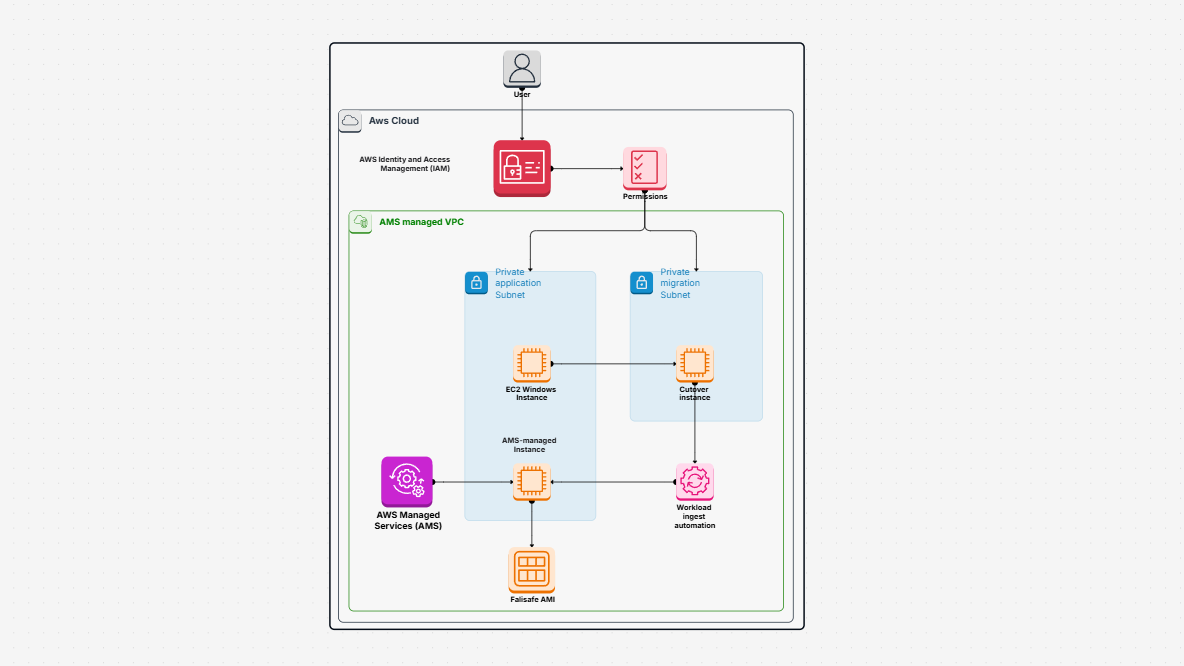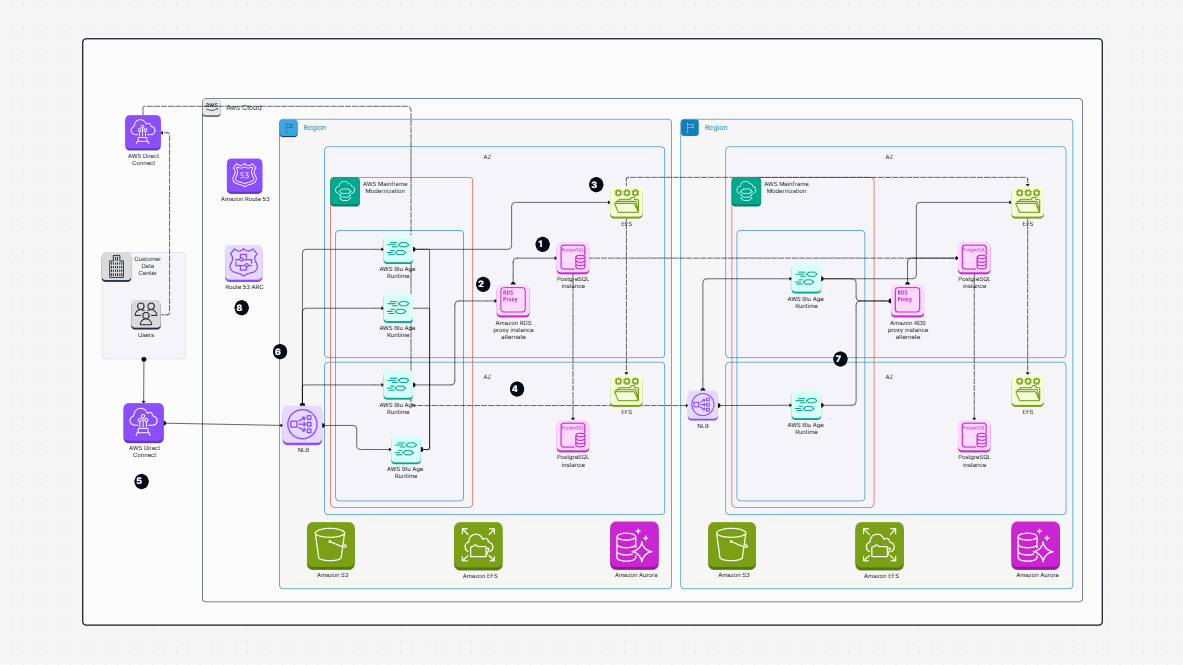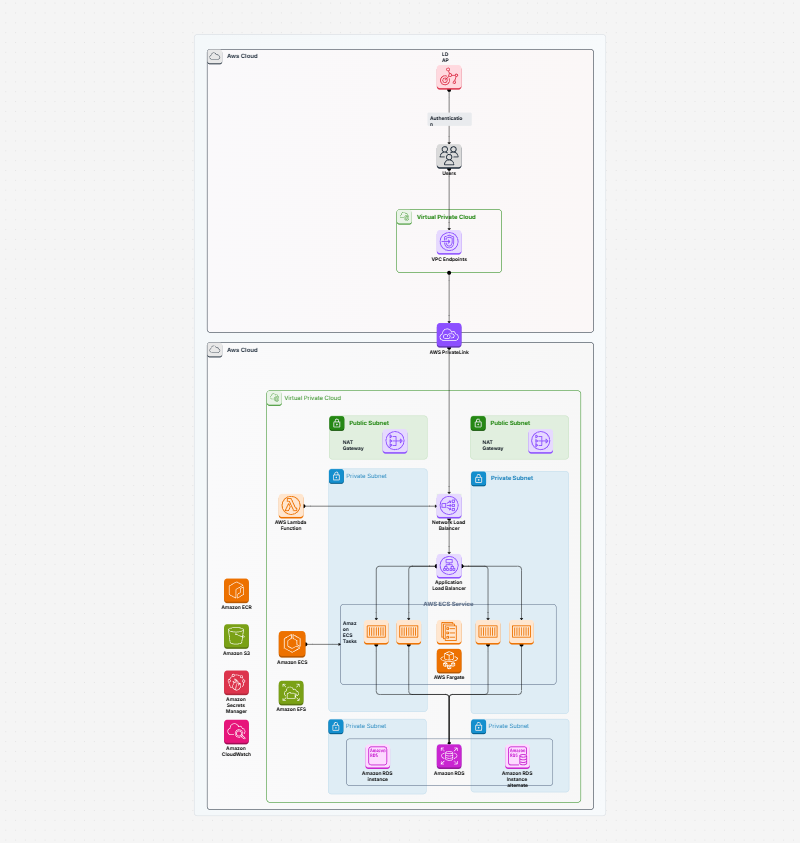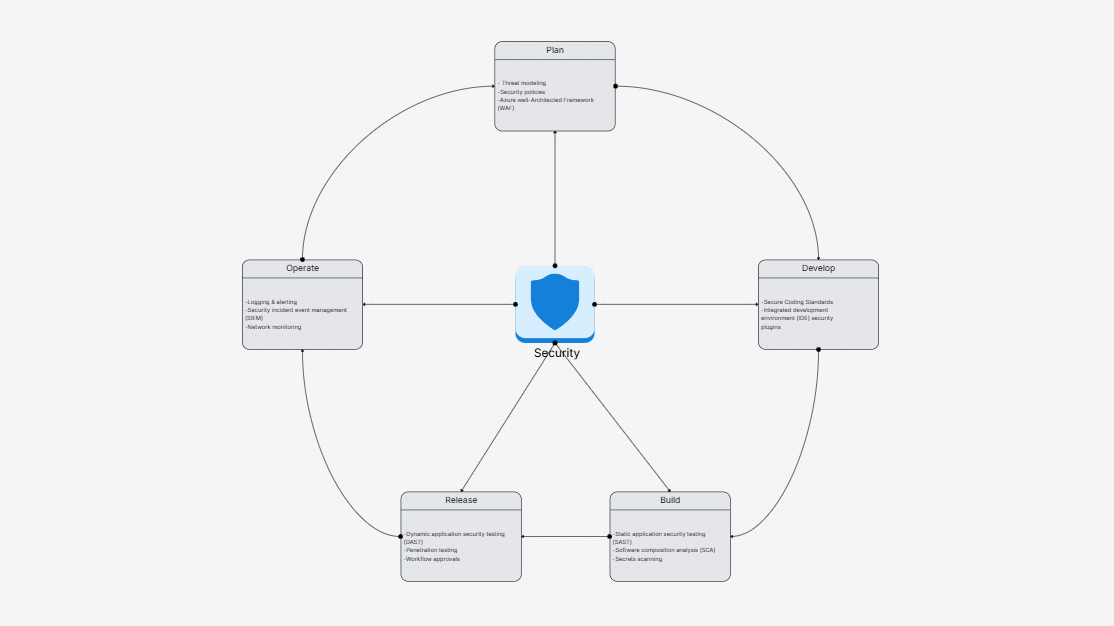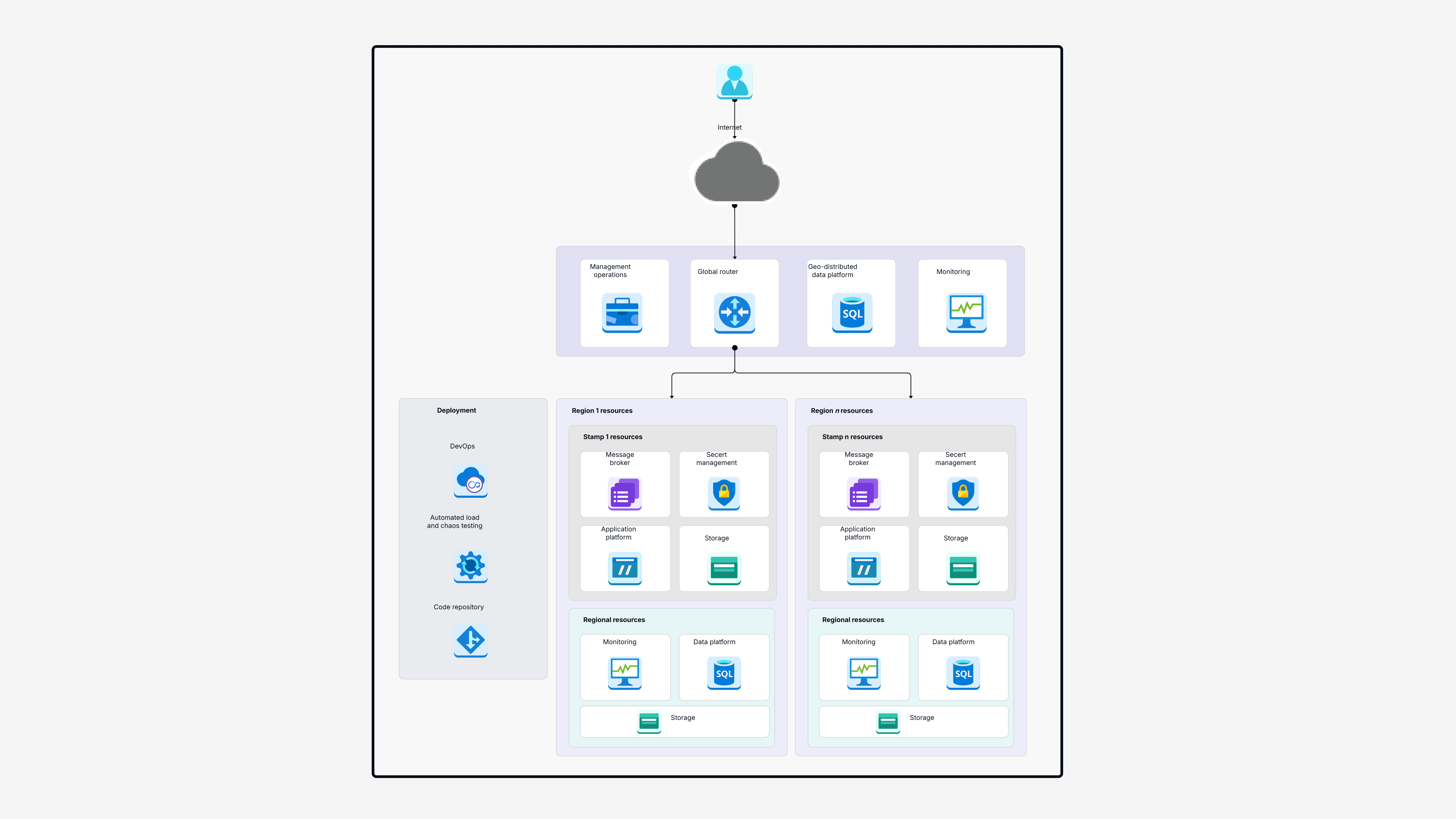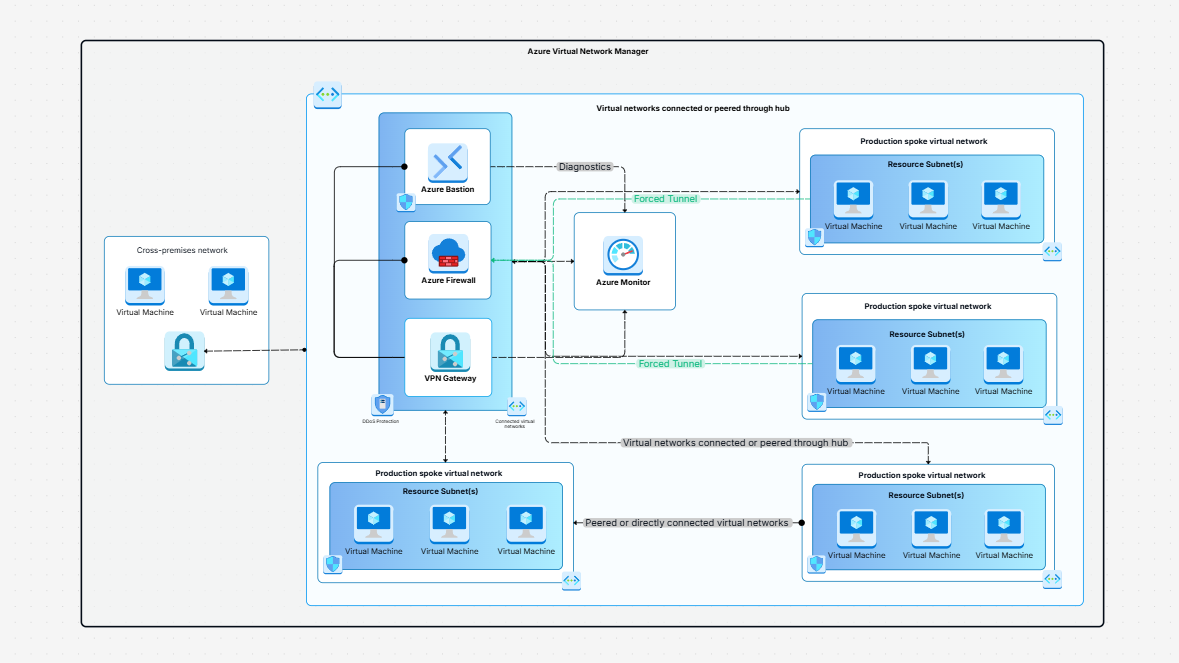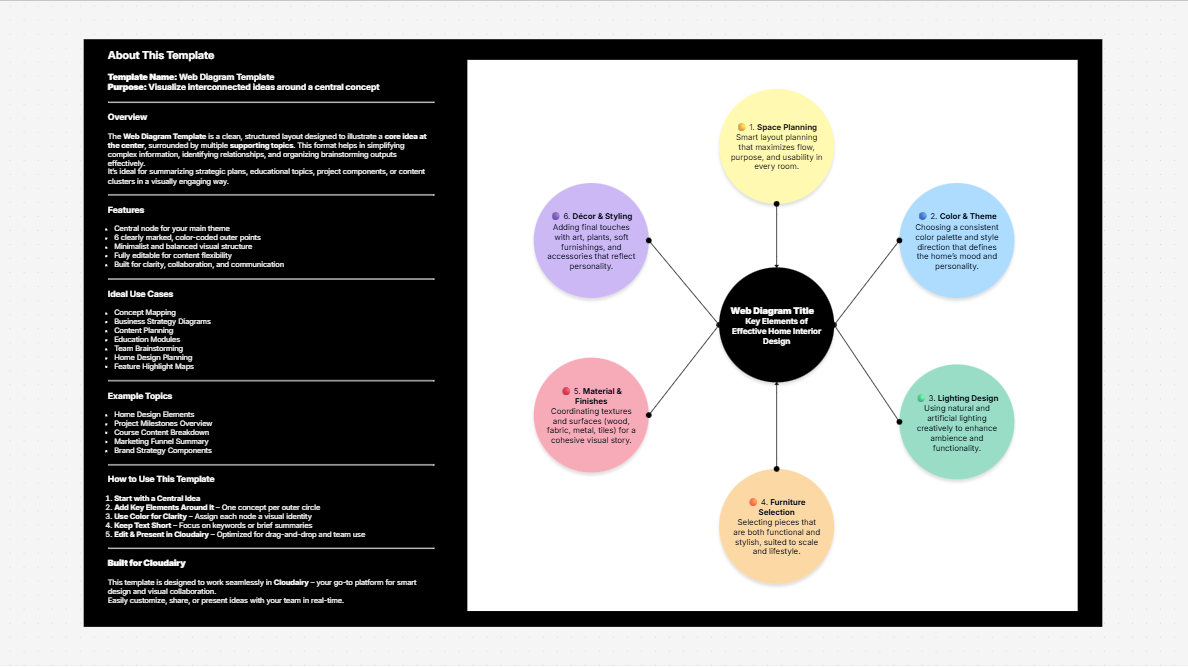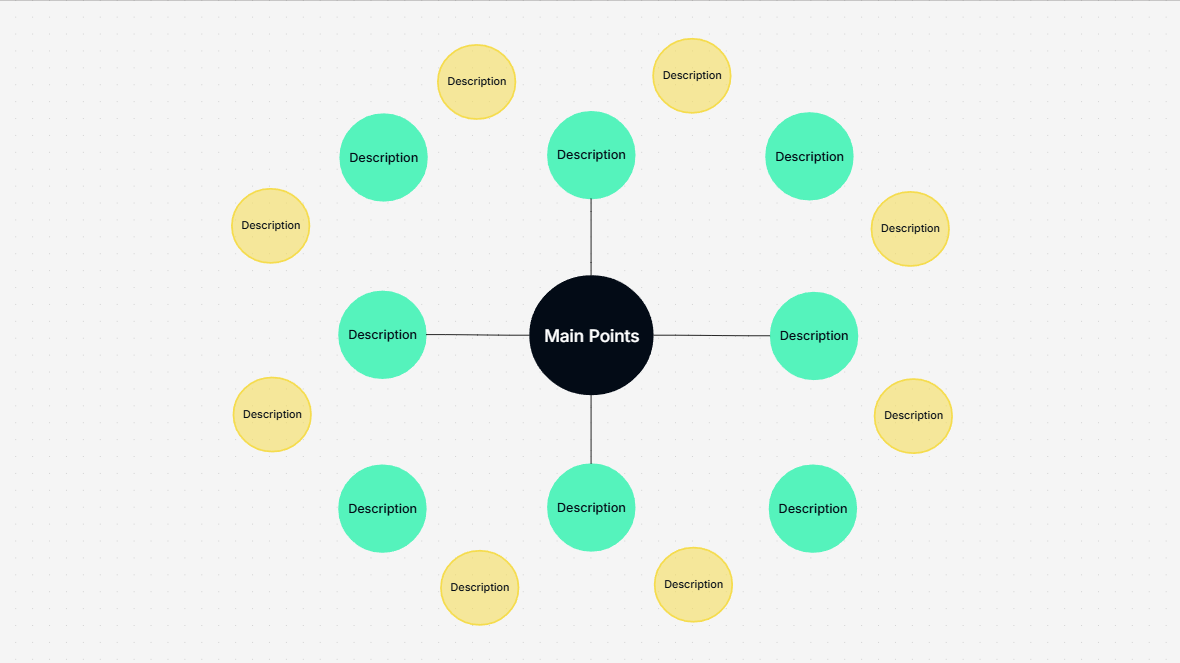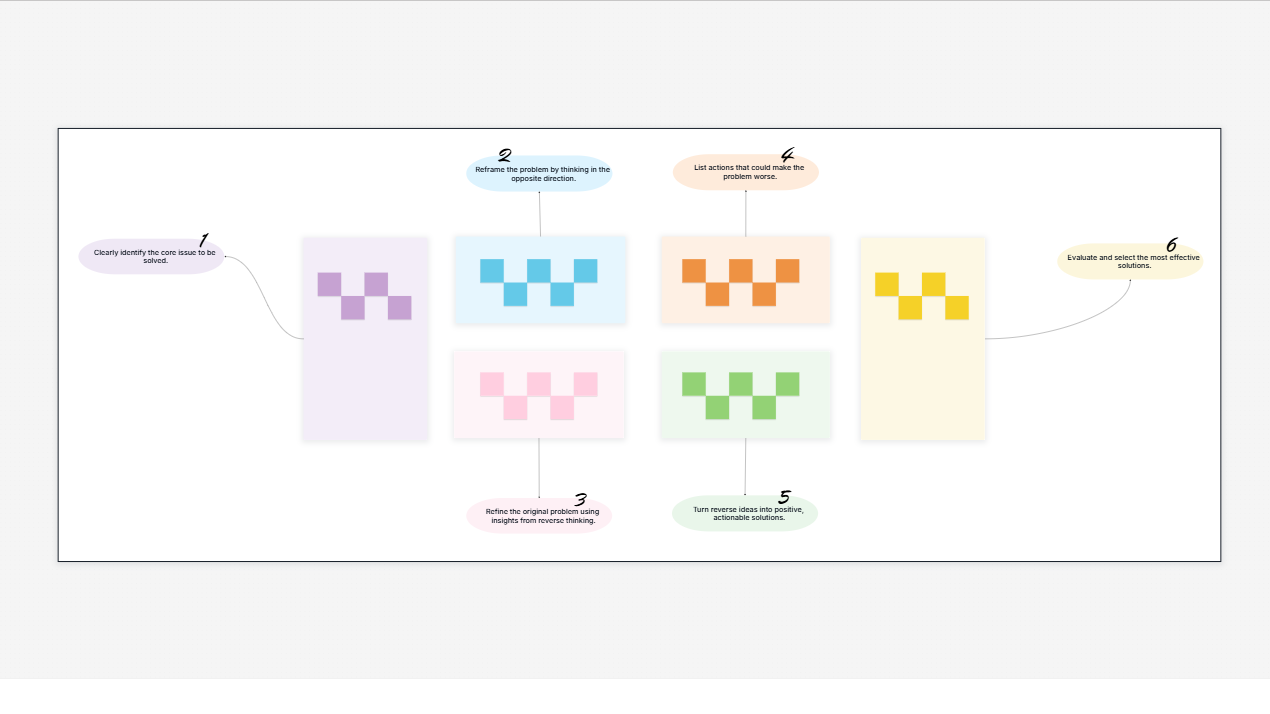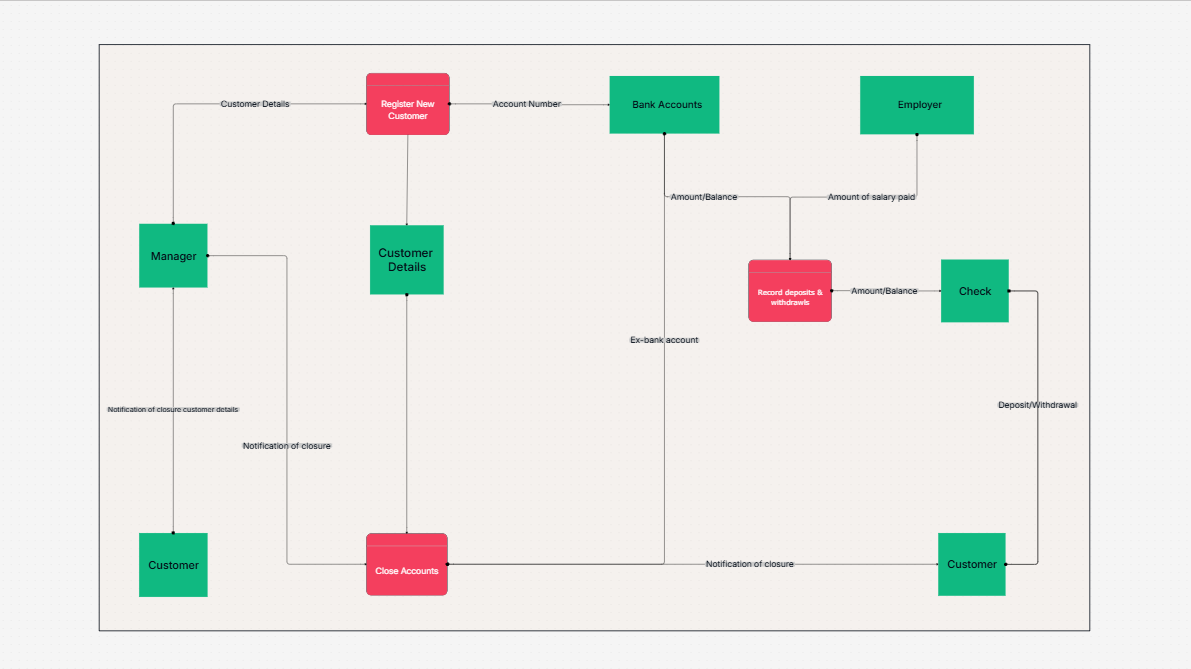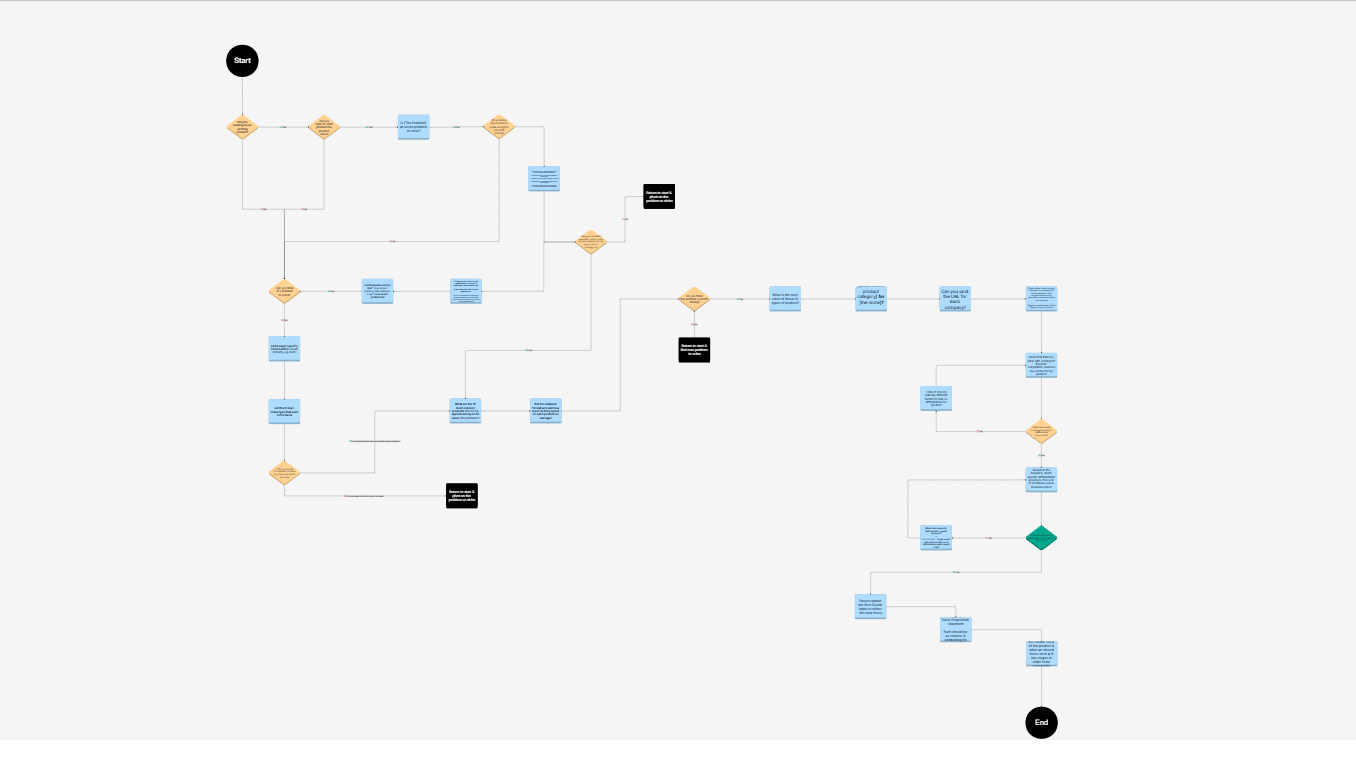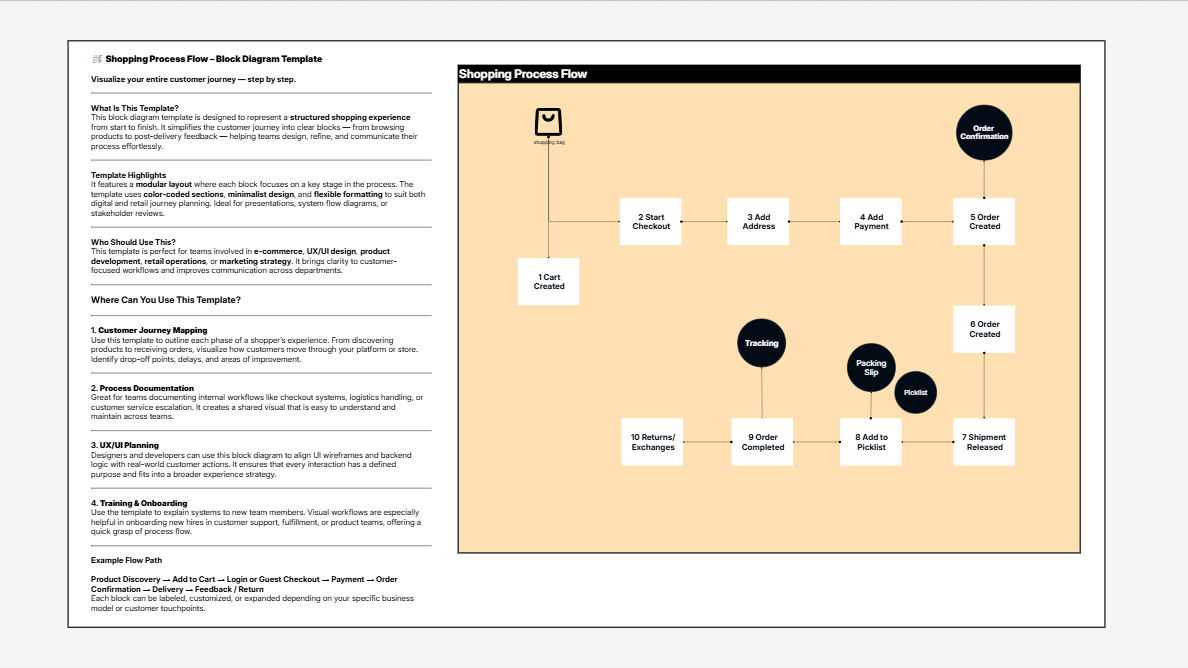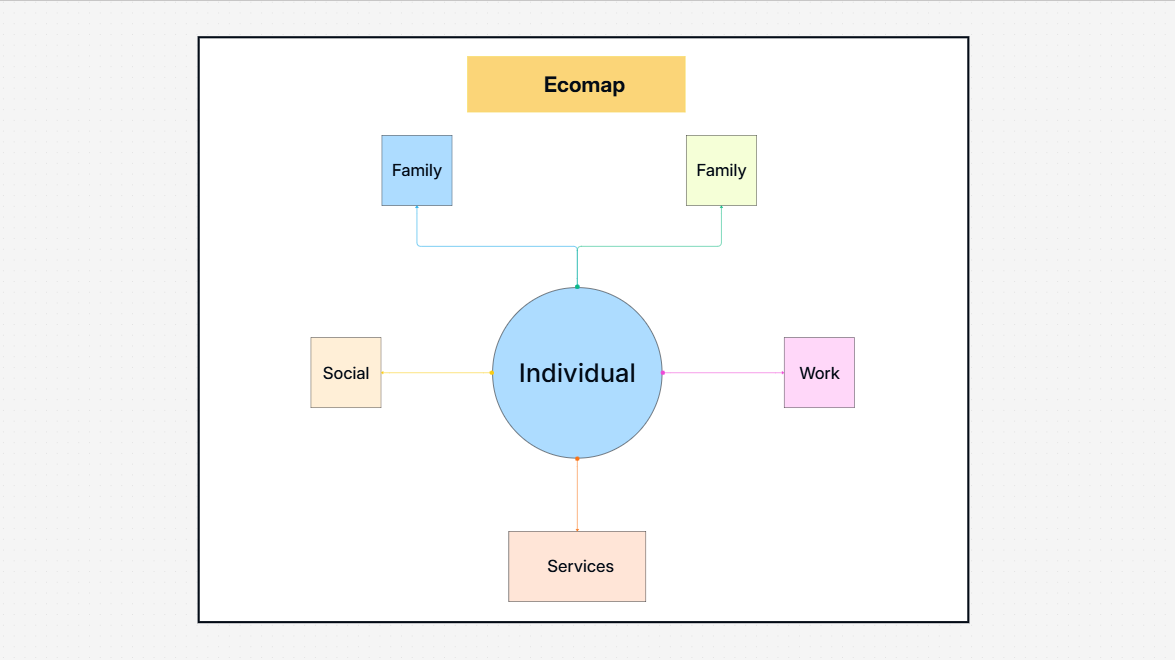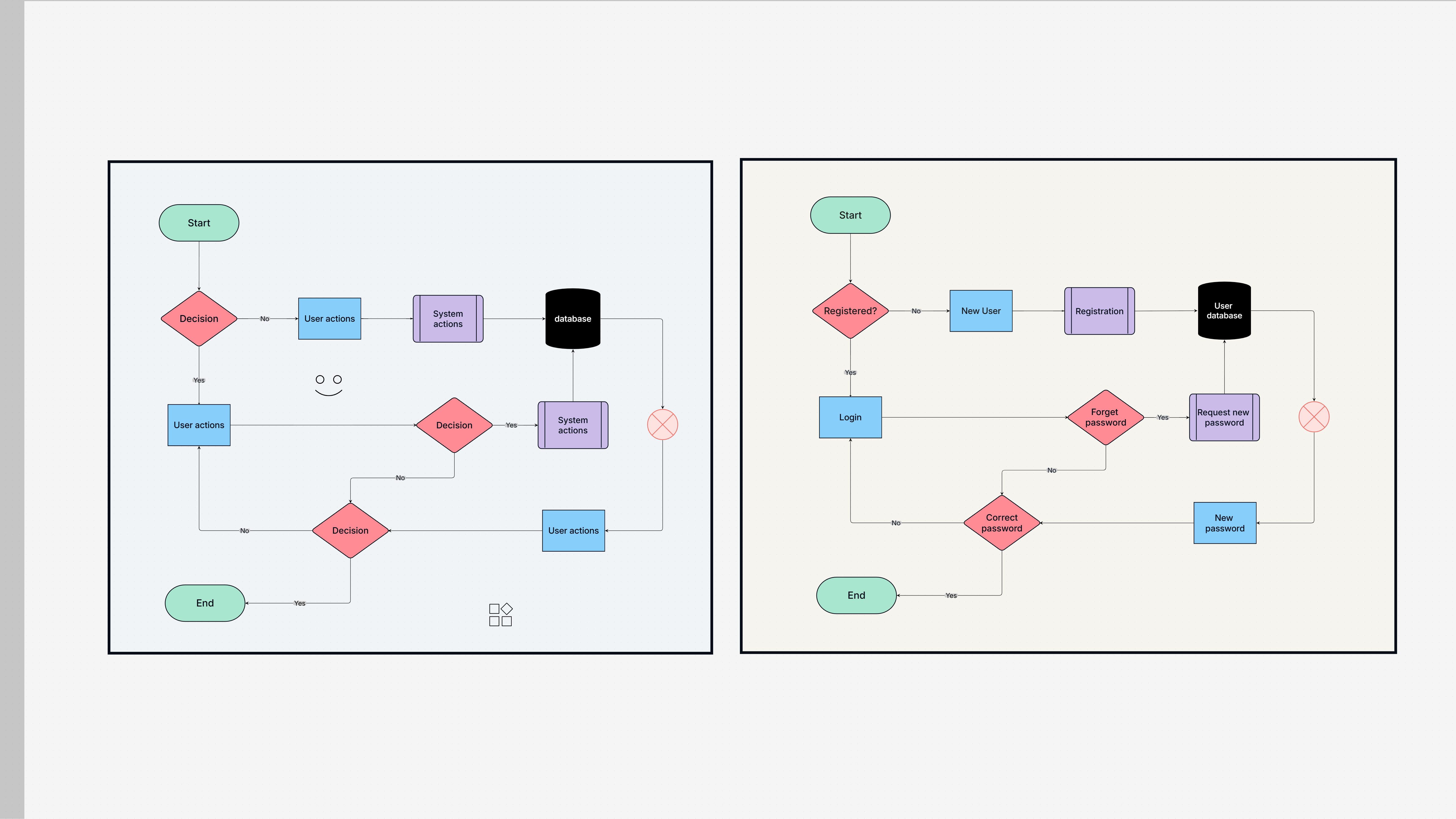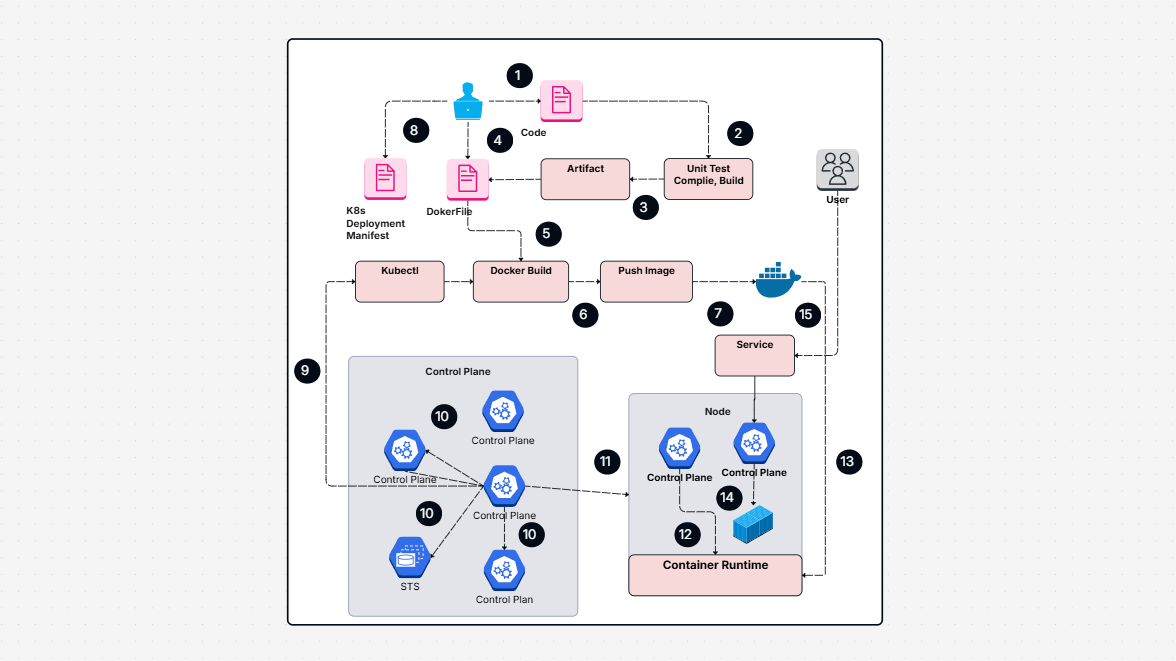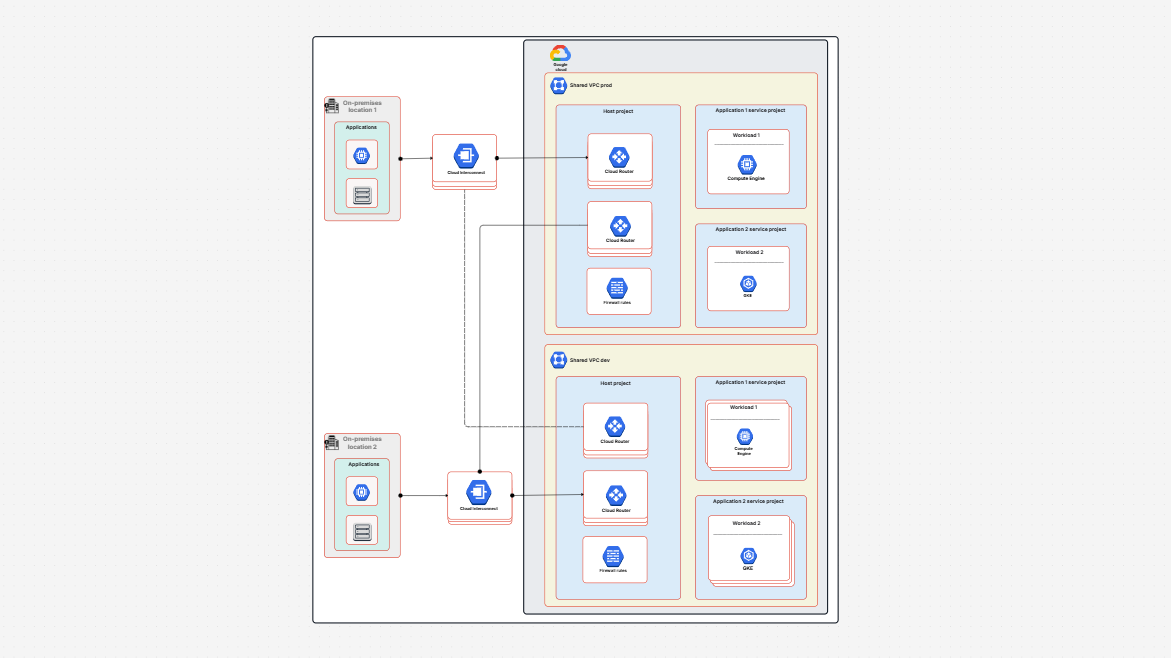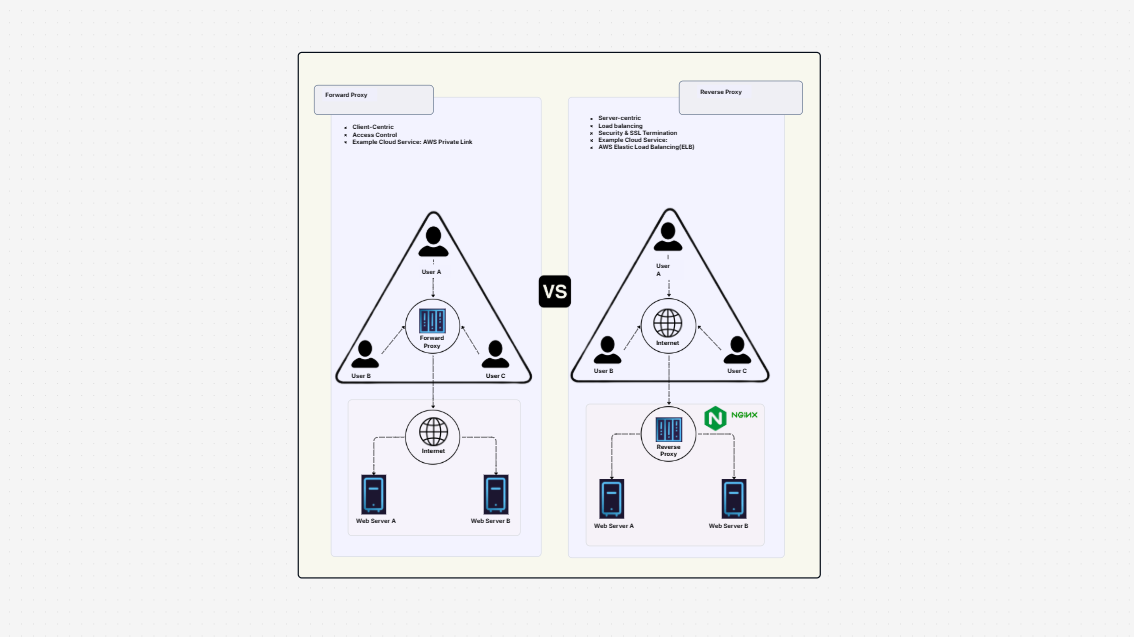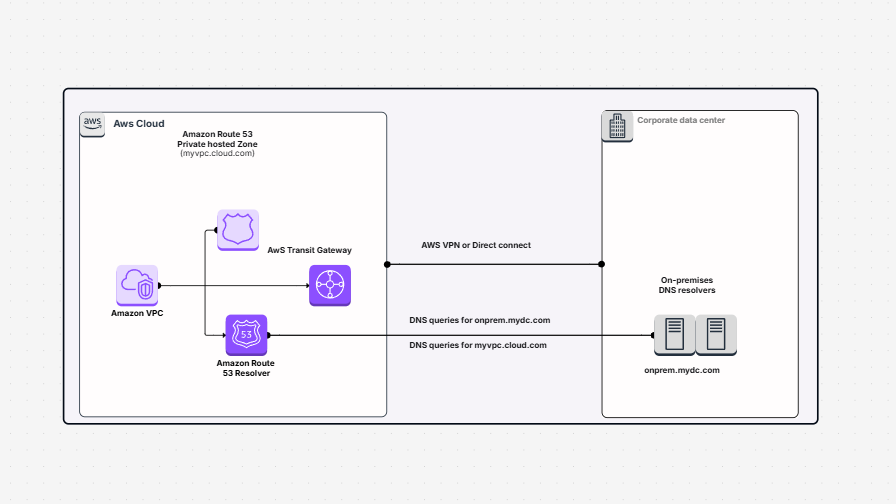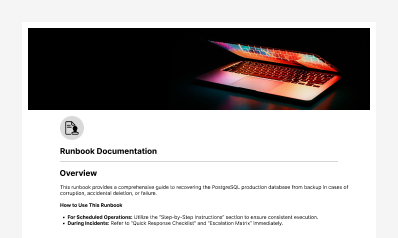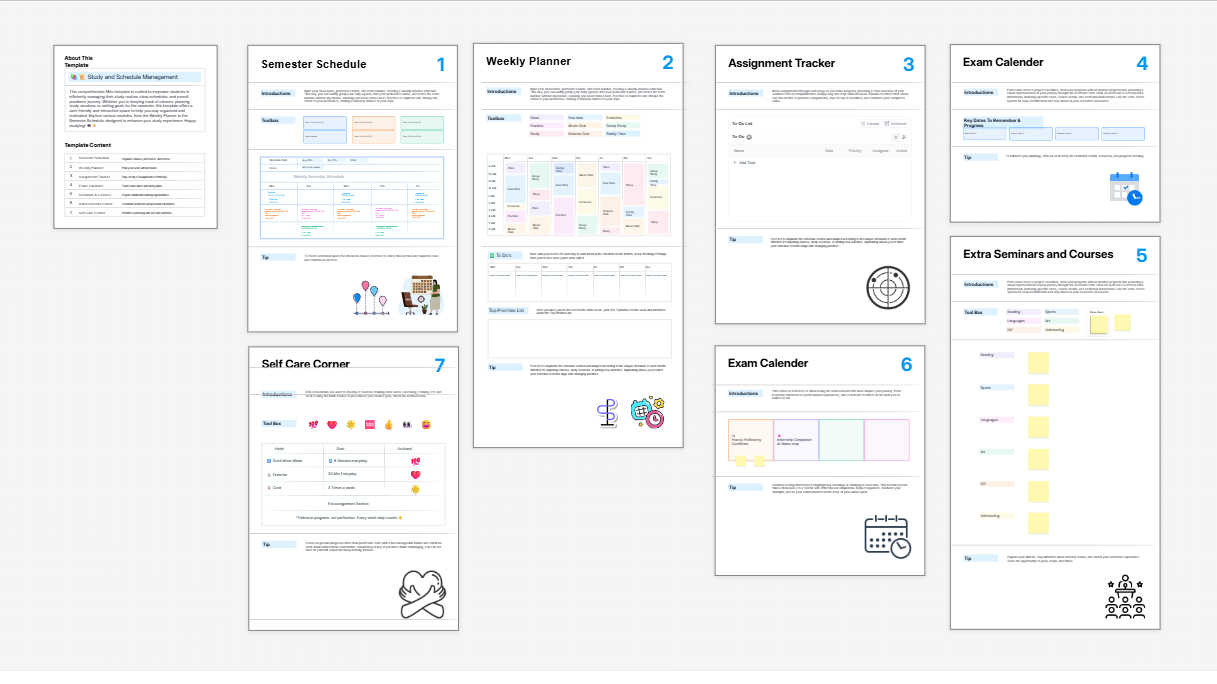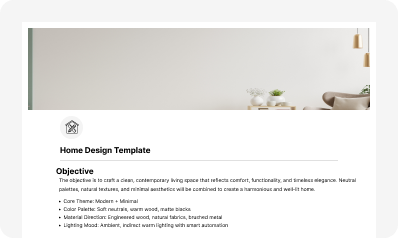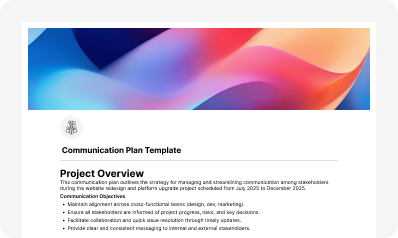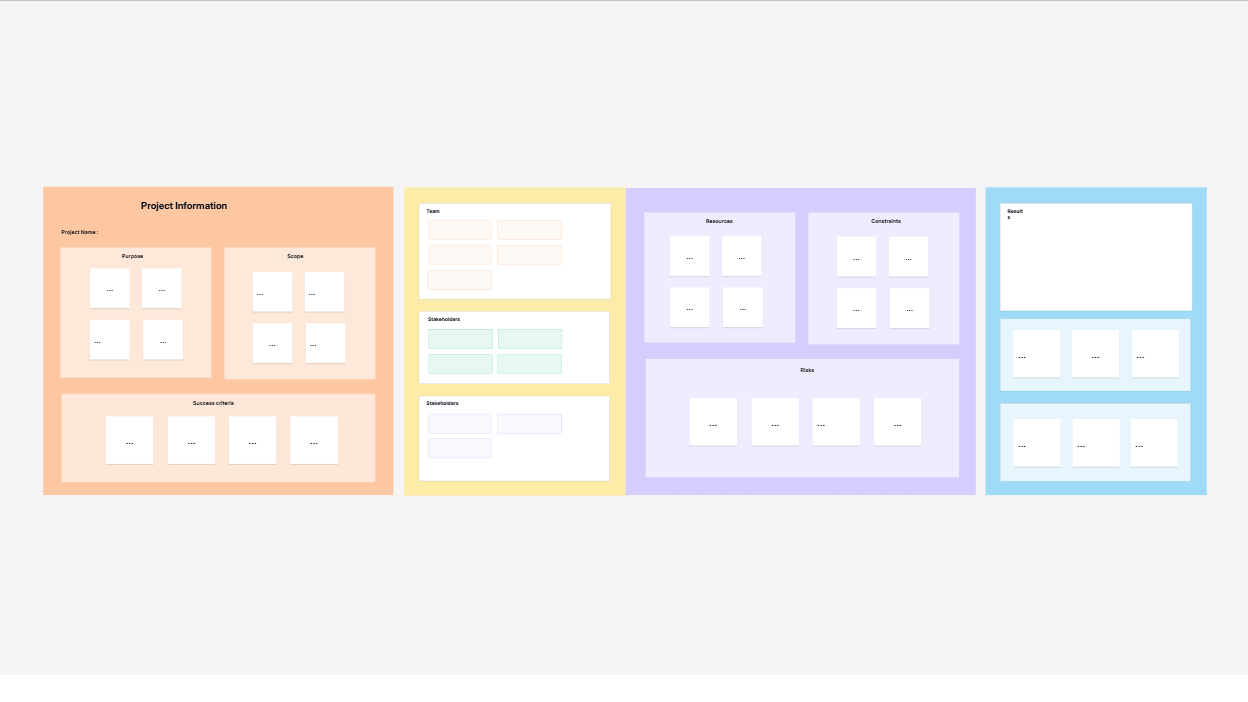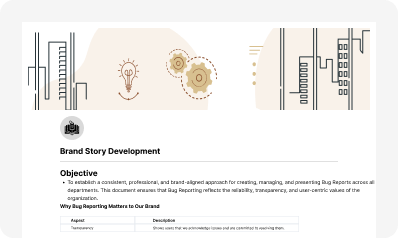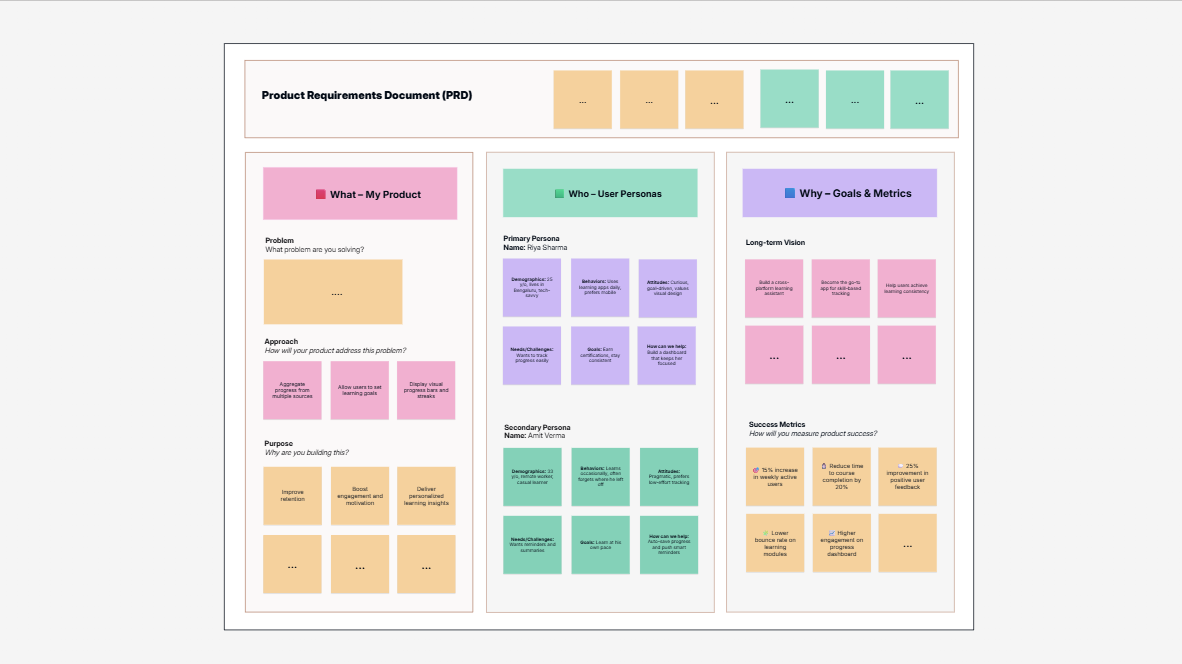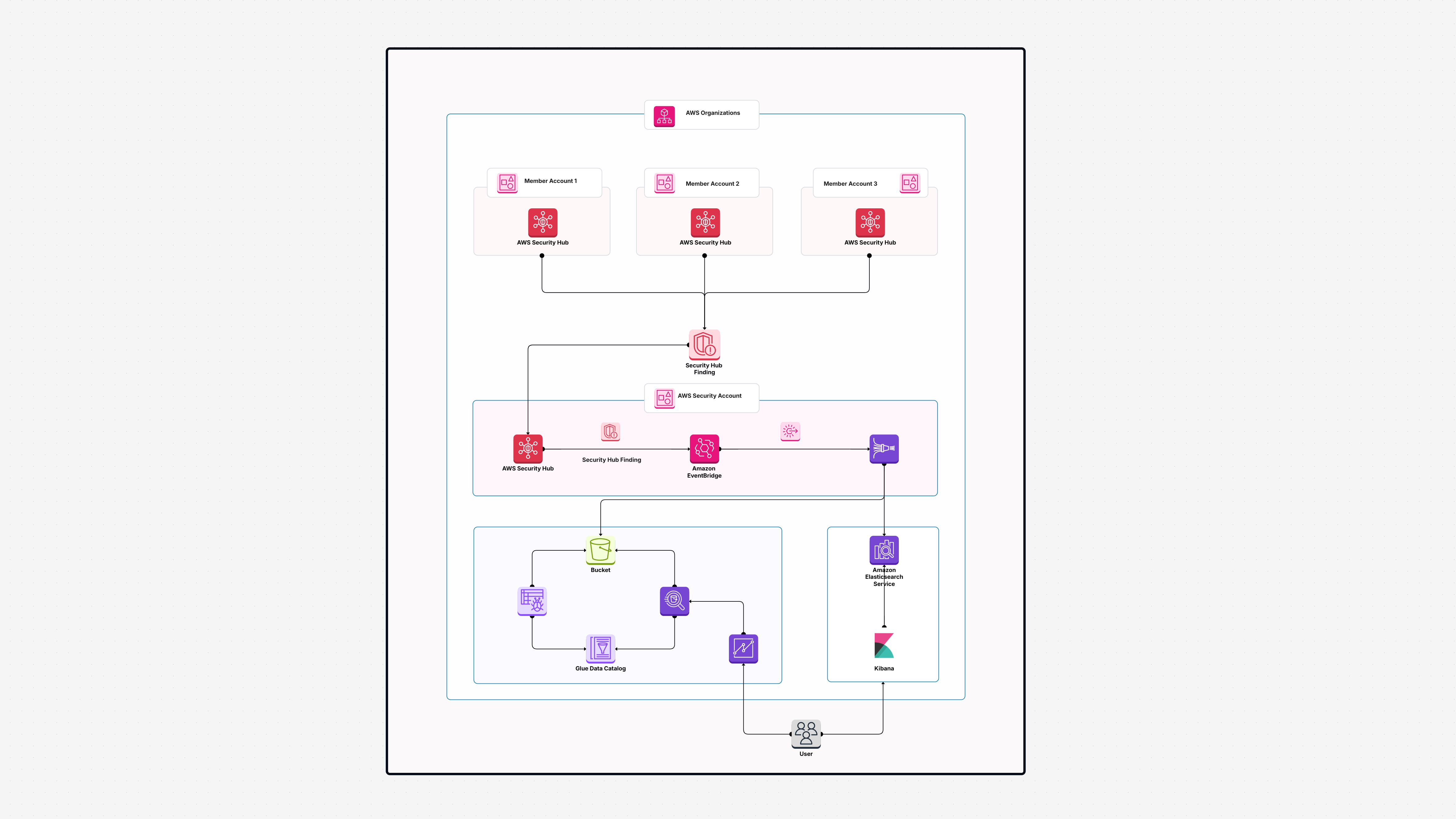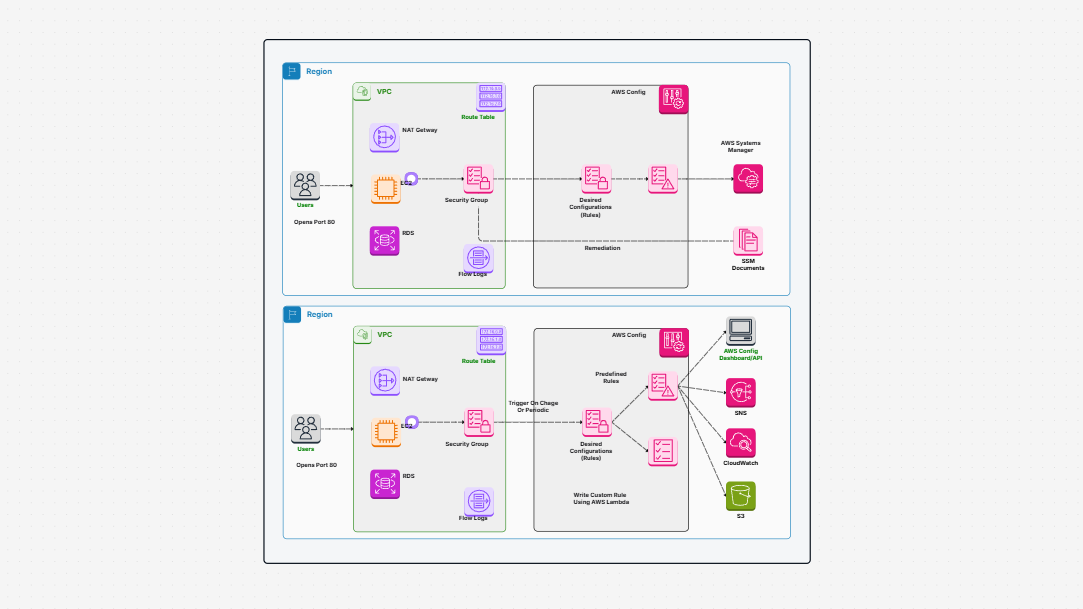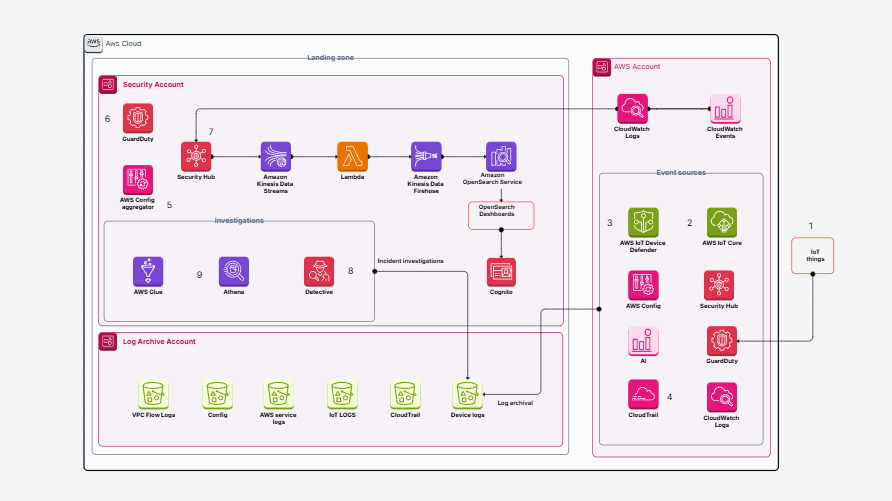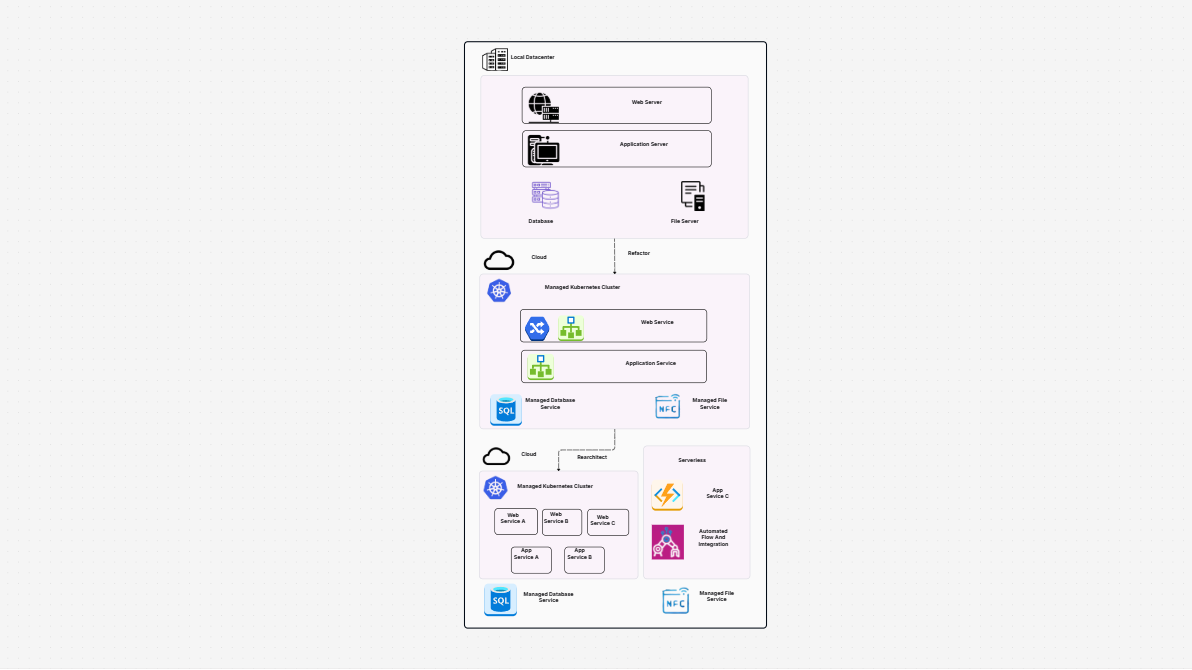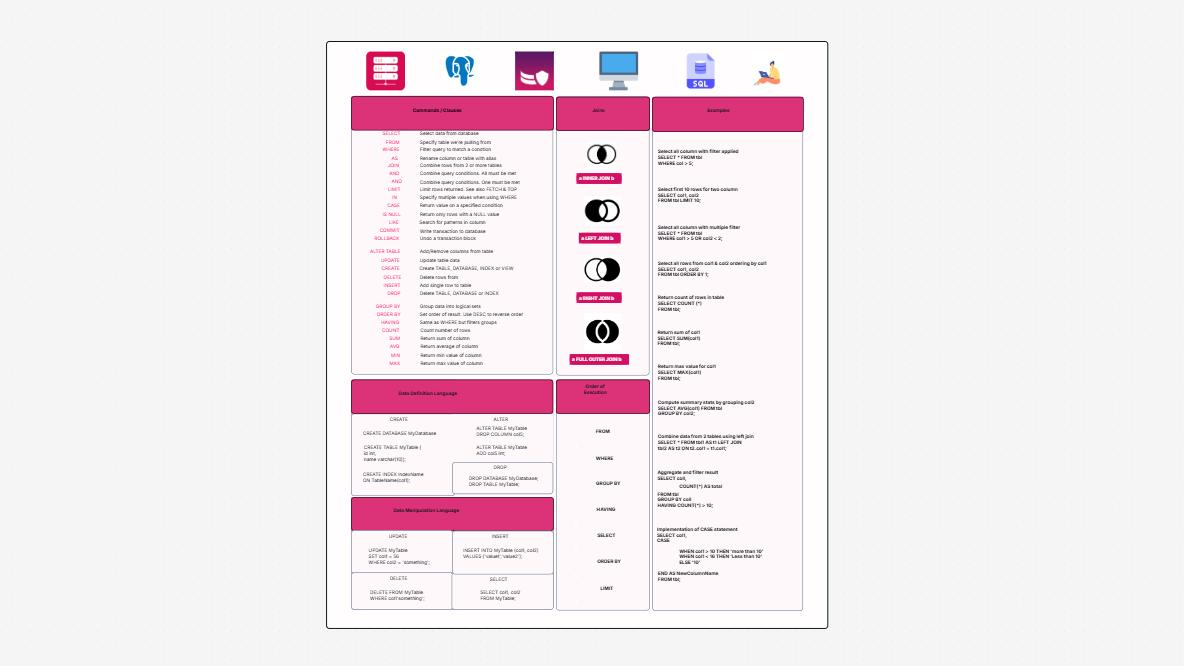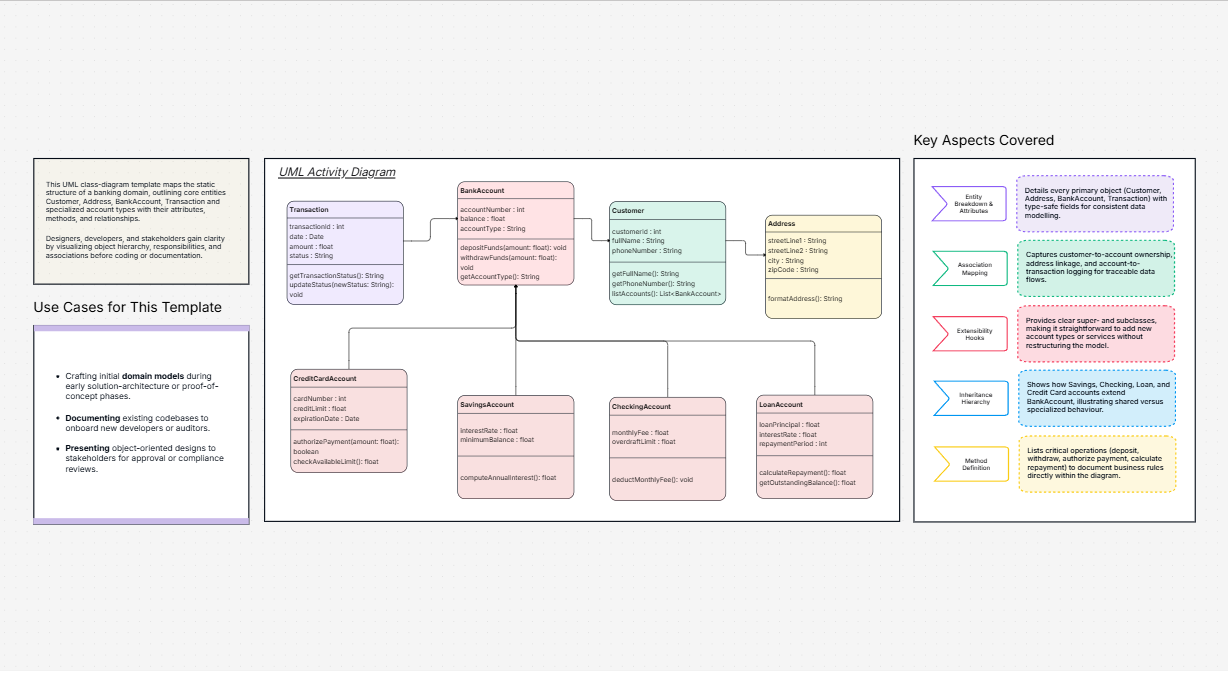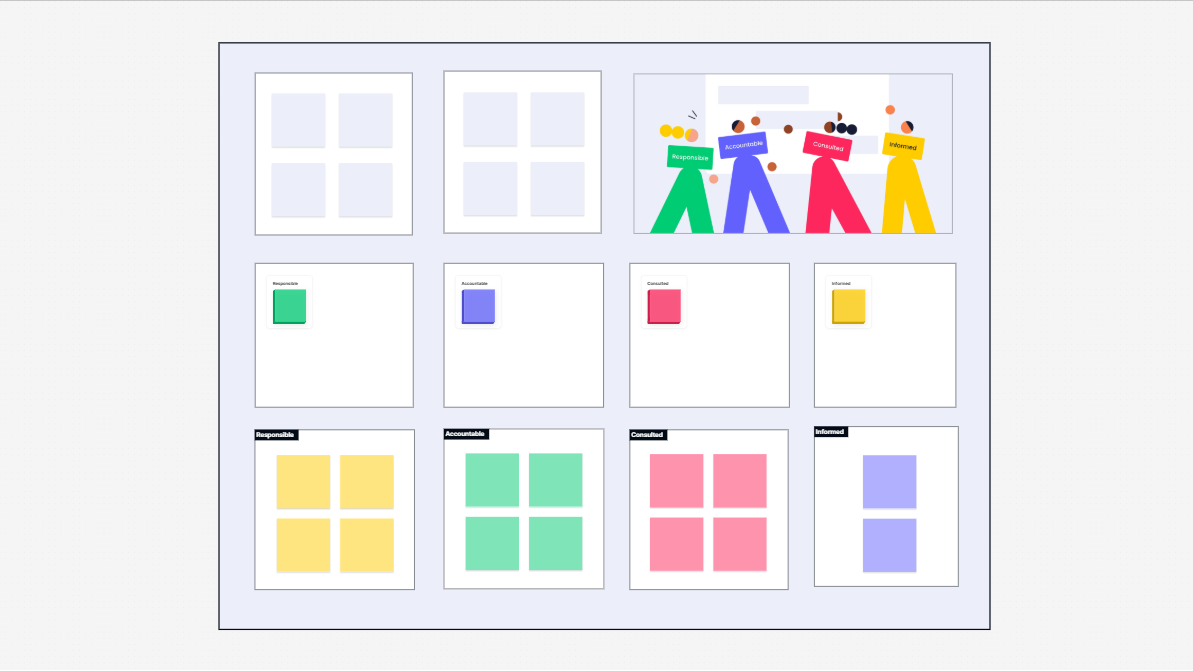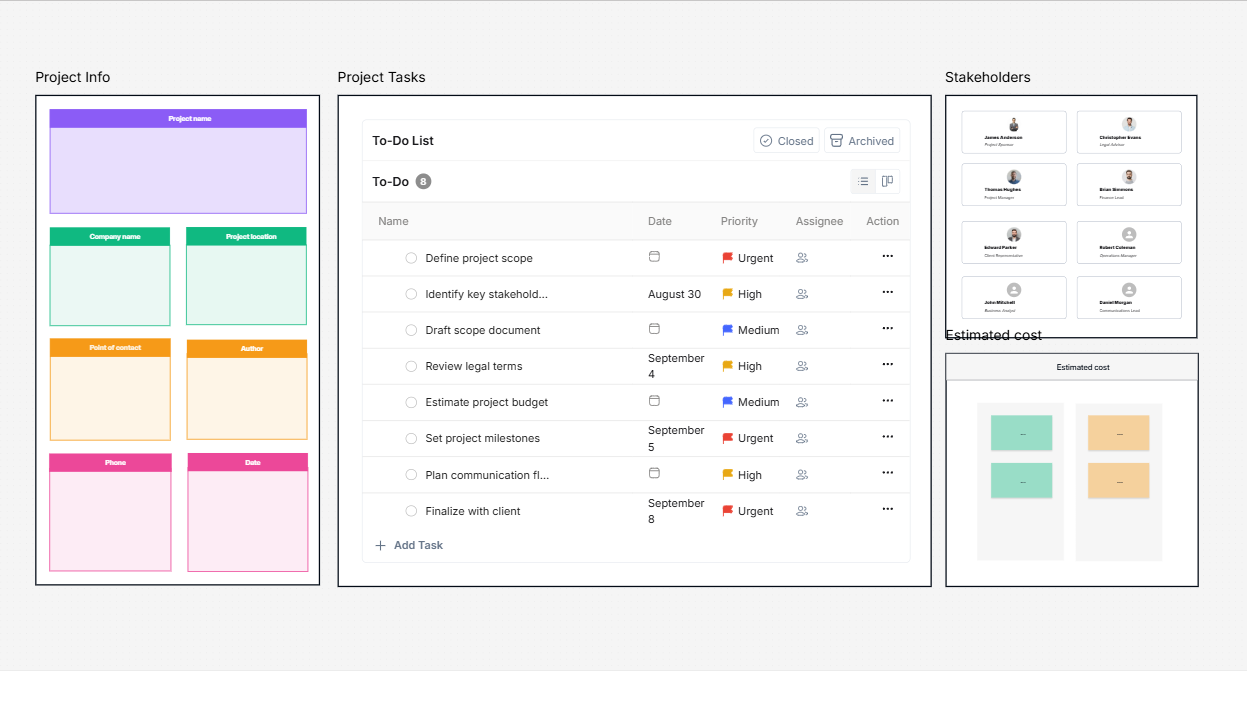WorkHub

What is the template all about?
The Forward Proxy vs Reverse Proxy template is a simple, diagrammatic description of two important elements of traffic management and network security: the forward proxy and the reverse proxy.
A forward proxy is placed between your computer (or your computers in your company) and the internet. It processes requests from the client to the internet. For example, when anyone who works in an office attempt to access a web page, the forward proxy will verify whether it is permitted and then retrieve the page. It also masks the identity of the client and can ban sites if necessary.
A reverse proxy, however, is placed in front of backend servers. It operates in the opposite direction. Rather than dictating what users can see on the web, it dictates what requests to make to your servers. It distributes loads across servers, shields them from direct attacks, and ensures responses are fast and secure.
This template places these two jobs side by side so that you can easily observe the differences and how they complement one another.
Why this template is a game changer ?
It takes an understanding of proxies, but the topic sounds too complicated when explained in detailed tutorials. This template does better by showing exactly how traffic is directed through all forms of proxies.
It further illustrates why proxies are so crucial:
- They make networks secure by preventing fake requests.
- They enhance speed by storing responses.
- They distribute traffic to several servers so that one server is not burdened.
- They give you greater control over what others see
In short, the Forward Proxy vs Reverse Proxy template saves your time, is simple to learn, and helps you make better decisions for your network. Instead of reading many articles, you have a clear idea in one place.
Who needs this template and when?
This template can be used in various situations.
- IT staff can use it when they are establishing a new network or even when expanding an existing network.
- It can be used by network administrators to describe proxy structure to administration or peers in a straightforward manner.
- Security teams can refer to it when they are examining how the reverse and forward proxies are protecting the system.
- It can be used by learners or students as quick reference when studying how web traffic is handled.
The most appropriate time to apply it is when you are planning or restructuring your network setup, describing ideas in sessions, or documenting your enterprise's security procedures.
What are the main components of the template ?
The template includes all the components that are encompassed and facilitate forward and reverse proxy architecture. Below here is a plain list and what each component does:
- Clients – Parties or systems submitting requests, such as workers surfing the web.
- Forward Proxy – A middleman between clients and the internet, processing requests.
- Access Control – Regulations specifying who can or cannot visit certain sites or services.
- Traffic Filtering – Prevents false or unwanted requests from reaching their destination.
- Internet – The outside world where requests go.
- Reverse Proxy – Places itself in front of servers, shielding them and improving performance.
- Load Balancing – Divides work among numerous servers to avoid overloading one server.
- SSL Termination – Handles encrypted connections to secure and simplify their management.
- Firewall – A protective layer that prevents cyber threats.
- Caching – Stores responses temporarily to serve them quicker the second time.
- Web Server A & B – Backend infrastructure where your real applications reside.
- Private Cloud – A private space to host servers and services.
- Authentication Service – Responsible for logins and user authentication.
- DNS Resolution – Translates web addresses (e.g., www.example.com) into IP addresses.
- Network Traffic Logs – Maintains a record of who did what and when.
Each part is shown graphically on the template, so you can visualize how they fit.
How to begin with Cloudairy ?
It is very simple to begin with this template:
- Log in to Cloudairy.
- Proceed to the Templates Library and look for "Forward Proxy vs Reverse Proxy."
- Click on the template preview to review the format.
- Choose "Use Template" to edit.
- Modify or add variables to reflect your own network setup.
- Save and export the completed diagram so that you can use it for presentations, reports, or training.
You don't need to be a design expert to use this. The interface is simple and quick to edit.
How to use Cloudairy?
When you open the template, you would be able to modify the components according to your own network's requirements.
- Configure the proxy settings to align with your access policies.
- Add or subtract servers if your setup is not the same.
- Add descriptions of your own security tools or rules.
- Share the template with your team so that you are all on the same page.
- Refine the template in the long run as your network matures or expands.
- This makes your documentation more accurate and keeps everyone aligned.
Summary
The Forward Proxy vs Reverse Proxy template is a straightforward, yet effective, means of comprehending how proxies' function in protecting and handling network traffic. It breaks down a technical subject by reducing it to a readable, step-by-step visual tutorial. A forward proxy helps in managing outgoing client requests to make surfing secure and managed. A reverse proxy secures servers, manages loads, and enhances performance as a whole. Both help a lot to make networks secure, quick, and reliable. With this template, you can easily explain proxy architecture to someone, diagram network changes, or document your current setup without getting confused. It is a clear and helpful guide that saves time and makes complex concepts straightforward.
Related Hybrid Infrastructure Templates
Find templates tailored to your specific needs. Whether you’re designing diagrams, planning projects, or brainstorming ideas, explore related templates to streamline your workflow and inspire creativity
Design, collaborate, innovate with Cloudairy
Unlock AI-driven design and teamwork. Start your free trial today










Design, collaborate, innovate with Cloudairy
Unlock AI-driven design and teamwork. Start your free trial today











